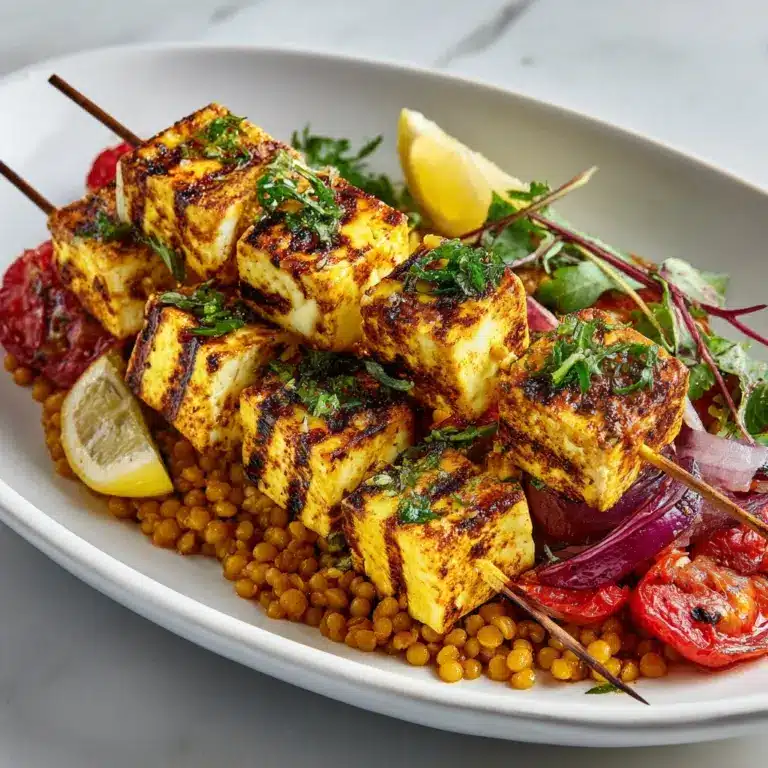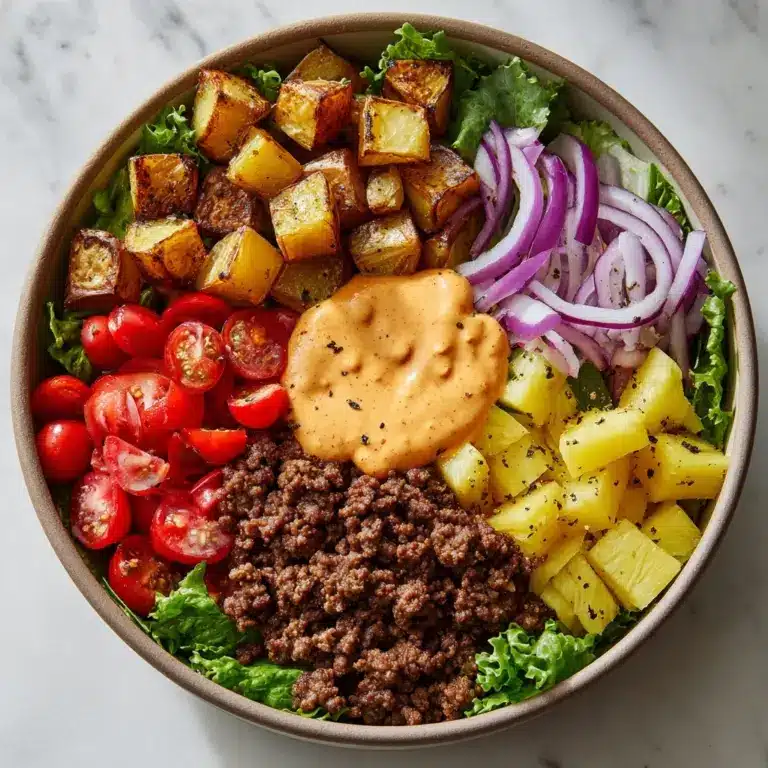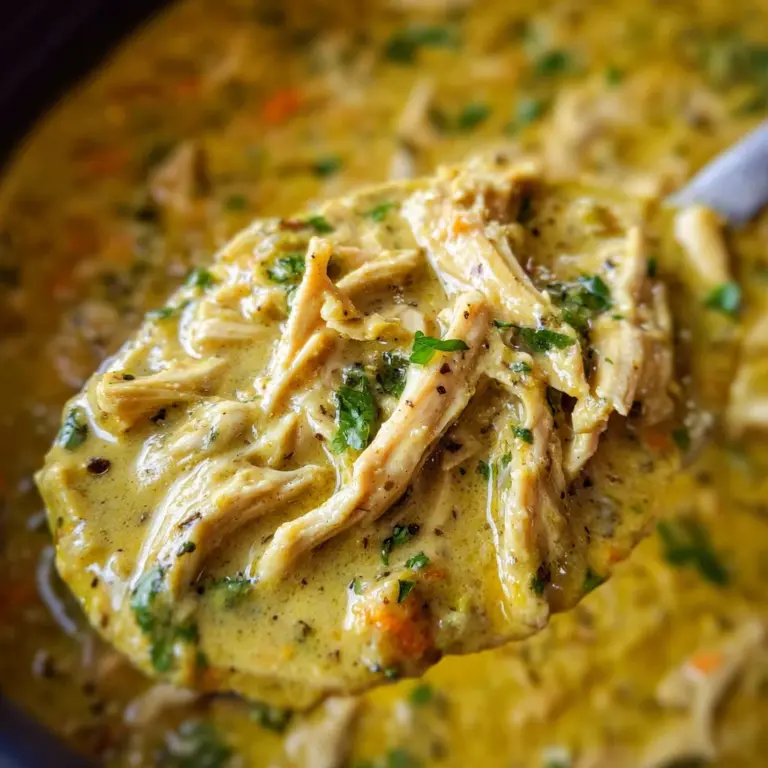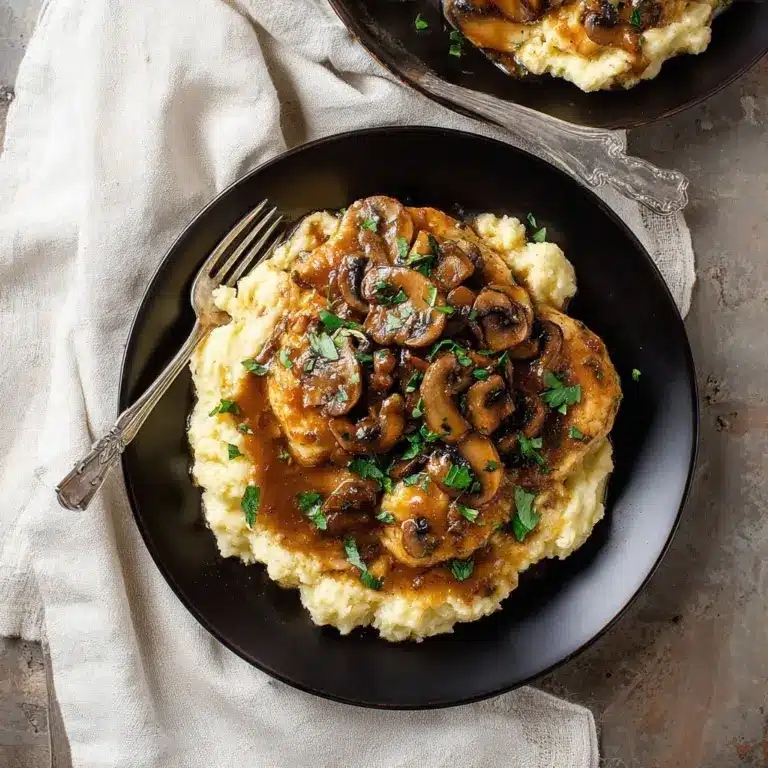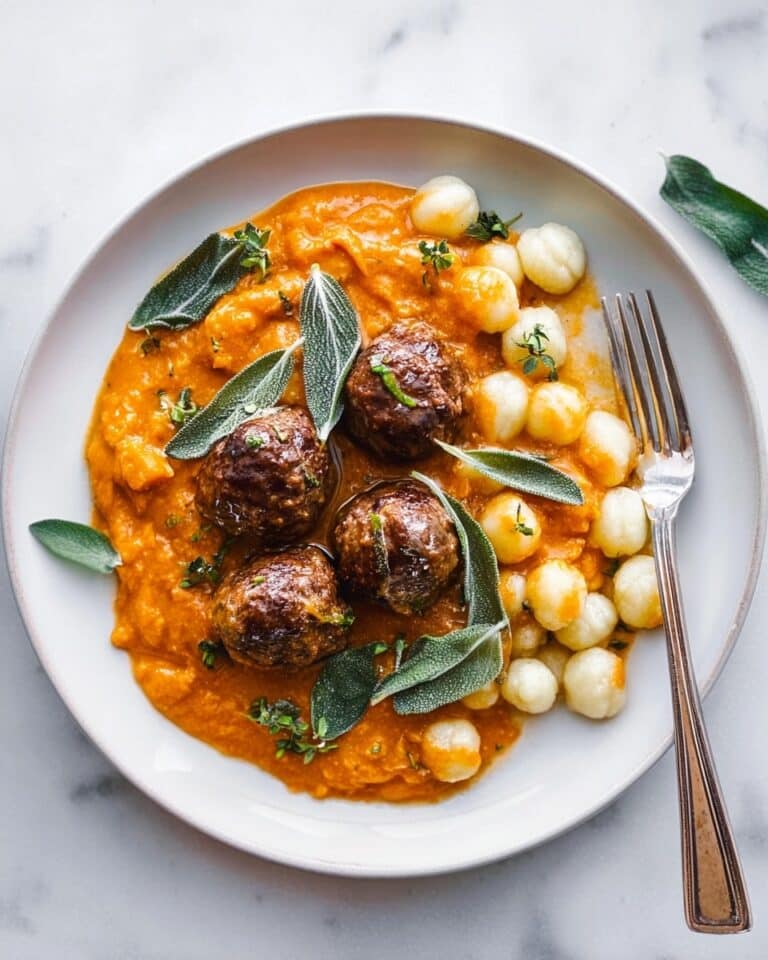Easy Homemade English Muffin Recipe
If you have ever wished for warm, fluffy, and perfectly toasted English muffins right from your own kitchen, then this Easy Homemade English Muffin Recipe is about to transform your mornings. Imagine biting into those tender nooks and crannies filled with melted butter and jam or your favorite toppings. This recipe will show you how simple it is to create these classic breakfast delights that are far better than anything store-bought. With some basic pantry ingredients and a touch of patience, you’ll be serving up bakery-quality muffins that are sure to impress family and friends.

Ingredients You’ll Need
Every ingredient in this Easy Homemade English Muffin Recipe plays a crucial role in building the unique texture and taste of the muffins. From the warmth of the water that wakes the yeast to life, to the cornmeal that gives the muffins their signature crunch, these essentials come together in perfect harmony.
- 1 ¼ cups warm water: It should feel comfortably warm on your wrist to activate the yeast without killing it.
- 1 tablespoon sugar: This small amount feeds the yeast, helping your dough rise beautifully.
- 1 teaspoon instant dry yeast: Rapid-rise yeast works great here to speed up the process without compromising flavor.
- 2 tablespoons oil: Canola, vegetable, or neutral olive oil adds softness—melted butter works well too for richness.
- 2 ¾ cups all-purpose or bread flour: Bread flour offers more chew, while all-purpose keeps things tender; expect to add a bit extra during kneading.
- 1 teaspoon salt: Enhances flavor and balances sweetness; remember to add a pinch more if using kosher salt.
- Cornmeal for dusting (2-3 tablespoons): Essential for the classic texture on the muffins’ exterior, preventing sticking and adding a pleasant crunch.
How to Make Easy Homemade English Muffin Recipe
Step 1: Activate the Yeast
Start by combining warm water and sugar in a bowl, then sprinkle the instant dry yeast on top. Let it sit for about 10 minutes until it foams up and becomes cloudy—this bubbling action means the yeast is active and ready for action. This step is critical because it kickstarts the fermentation, giving your muffins a lovely rise and subtle tang.
Step 2: Mix and Knead the Dough
Next, add the oil, salt, and most of your flour to the bubbly yeast mixture. Stir until it forms a sticky dough, then turn it out onto a floured surface. Knead for about five minutes, gradually adding a little more flour as needed to reach a soft, non-sticky consistency. Kneading develops the gluten, which creates the delightful chew and structure in the muffins you’re going to love.
Step 3: Let the Dough Rise
Place your dough in a well-oiled bowl and cover it loosely. Now comes the waiting game, but trust me, it’s worth it. The dough should double in size after about an hour in a warm spot. To give it a little extra warmth, you can place the bowl near a gently heated oven corner. This rise deepens the flavor and makes your muffins light and airy.
Step 4: Shape the Muffins
Once your dough has puffed beautifully, give it a few kneads before dividing it into ten equal pieces. Roll each into balls, then lightly flatten them into discs about 3/4 inch thick on a cornmeal-dusted sheet pan. Sprinkle a little more cornmeal on top and cover to rest again for 20 minutes to let them puff up slightly. This shaping step ensures they have the perfect size and that iconic nubby texture.
Step 5: Cook on the Stove
Heat a large skillet or griddle over medium-low heat and lightly oil it. Cook the muffins in batches, covering the pan and letting them toast for 9 minutes on one side, then flip and cook for another 5 minutes. Keep an eye on the heat to avoid burning and ensure a golden crust. The cooking process forms those wonderful nooks and crannies inside, creating the texture that makes English muffins so special.
How to Serve Easy Homemade English Muffin Recipe

Garnishes
Nothing beats a freshly toasted English muffin topped with a pat of butter that melts into every nook and cranny. Jam, honey, or cream cheese also add wonderful layers of flavor. For savory options, try avocado slices, eggs, or smoked salmon. These simple garnishes turn your homemade muffins into a feast.
Side Dishes
Pair your Easy Homemade English Muffin Recipe with fresh fruit, crispy bacon, or a bowl of your favorite yogurt for a balanced breakfast. These muffins also complement light salads or soups as a delightful accompaniment for brunch or lunch.
Creative Ways to Present
Think beyond the traditional toaster—slice the muffins and use them as sandwich bases. Fill with eggs, cheese, and veggies for a delicious breakfast sandwich or mini pizzas. They’re perfect for experimenting and customizing to your favorite flavors.
Make Ahead and Storage
Storing Leftovers
Once cooled fully, wrap leftover muffins tightly in plastic wrap or place them in an airtight container. Stored at room temperature, they stay fresh for up to two days. For best flavor and texture, consume them as soon as possible.
Freezing
English muffins freeze exceptionally well. Simply cool them completely, then wrap individually or stack with parchment paper in between and freeze in a sealed bag. They’ll keep for up to three months, ready whenever you crave that homemade goodness.
Reheating
To bring frozen or stored muffins back to life, split them open and toast them until golden brown and crisp. You can also warm them gently in the oven or on a skillet if you prefer a different texture. This reheating step revives the muffins’ signature crunch.
FAQs
Can I use whole wheat flour instead of all-purpose?
Yes, you can substitute part or all of the flour with whole wheat, but the texture will be denser and the flavor nuttier. You might need to add a bit more water since whole wheat flour absorbs more liquid.
Do I need to use instant dry yeast?
Instant dry yeast is recommended for convenience as it activates quickly without proofing, but you can use active dry yeast by proofing it first in warm water with sugar until foamy.
Why do we cook English muffins on the stove instead of baking?
Cooking them on the stove creates the signature golden crust and those beloved nooks and crannies inside, which you won’t get from an oven alone. It replicates the traditional English muffin texture perfectly.
Can I make the dough ahead of time?
Absolutely. You can refrigerate the dough after the first rise for up to 24 hours. Just let it come to room temperature and rise again before shaping and cooking.
What causes the nooks and crannies in English muffins?
The combination of the dough’s hydration level and the cooking method on a griddle causes steam bubbles that form those characteristic pockets inside the muffins, perfect for holding butter and jam.
Final Thoughts
Making your own Easy Homemade English Muffin Recipe is truly rewarding. From the fragrant yeast dough to that satisfying crunch and tender crumb, every bite is a celebration of homemade goodness. Whether you’re serving breakfast for yourself or special guests, this recipe has all the charm and deliciousness you crave. So grab your ingredients, get your pan ready, and dive into the joyful process of baking English muffins from scratch—you won’t regret it!
PrintEasy Homemade English Muffin Recipe
This Easy Homemade English Muffin recipe guides you through the simple steps to create soft, fluffy, and perfectly toasted muffins with that signature nooks-and-crannies texture. Made from basic pantry ingredients, these English muffins are dry-fried on the stove for a golden crust and tender interior, ideal for breakfast or snacking with your favorite toppings.
- Prep Time: 15 minutes
- Cook Time: 20 minutes (plus rising time)
- Total Time: 1 hour 35 minutes
- Yield: 10 English muffins 1x
- Category: Breakfast, Snack
- Method: Dry frying, Kneading, Rising
- Cuisine: British
- Diet: Vegetarian
Ingredients
Yeast Mixture
- 1 ¼ cups warm water (feels warm on your wrist, about 100-110°F/37-43°C)
- 1 tablespoon sugar (12.5 g)
- 1 teaspoon instant dry yeast (2.83 g), e.g. Rapid-rise yeast
Dough
- 2 tablespoons oil (canola, vegetable, neutral olive oil or melted butter)
- 2 ¾ cups all-purpose flour or bread flour (plus up to 1/4 cup extra for kneading)
- 1 teaspoon salt (add extra pinch if using kosher salt)
For Cooking
- Cornmeal for dusting (about 2-3 tablespoons)
- Oil spray for greasing pan and dough
Instructions
- Make Yeast Mixture: In a medium-large bowl, add warm water. Sprinkle sugar evenly over the surface, then sprinkle yeast on top. Let sit for 10 minutes until it foams and becomes cloudy, indicating the yeast is active.
- Make Dough: To the yeast mixture, add oil, salt, and flour. Mix with a rubber spatula or wooden spoon until combined. Transfer dough to a floured surface—using a parchment paper dusted with flour makes cleanup easier. Knead for about 5 minutes, adding flour a tablespoon at a time until the dough is soft but no longer sticky, usually about 3-4 tablespoons extra flour.
- Let Dough Rise: Lightly oil a medium-large bowl and place dough inside. Cover loosely and allow to rise for about 1 hour, or until doubled in size. To speed up rising, place the bowl near a warm oven, leaving the door ajar. Dough will double in about 30-50 minutes under warm conditions.
- Form Dough into Muffins: Once risen, punch down and transfer dough back to a floured surface. Knead gently a couple of times. Divide into 10 equal pieces by ‘strangling’ the dough between thumb and finger or cutting. Roll pieces lightly into balls, then place on a baking sheet sprinkled with 1 tablespoon cornmeal. Flatten each ball into a ¾ inch thick disc. Lightly spray tops and sprinkle with additional cornmeal. Cover loosely with kitchen towel and let rest for 20 minutes to puff slightly.
- Dry Fry Muffins: Heat a large frying pan, griddle, or cast iron skillet over medium-low heat (about 4/10 on stove dial) and spray with oil. Place as many muffins as fit with ½ inch spacing. Cover and cook for 9 minutes until light golden brown and toasted. Flip, cover again, and cook an additional 5 minutes until golden and cooked through. Adjust heat if browning too quickly or slowly; you can finish in a 350°F (177°C) oven for 5-10 minutes if needed. Internal temperature should read 200°F (93°C). Cool on wire rack for 10-15 minutes before serving.
Notes
- Use instant dry yeast (rapid-rise preferred) for best results.
- Keep water warm but not hot to avoid killing the yeast.
- Adding flour gradually during kneading prevents the dough from becoming too dense.
- Sprinkling cornmeal prevents sticking and adds classic texture.
- Cook muffins slowly on medium-low heat to develop proper crust and cook through.
- Adjust cooking times slightly based on your stove and pan type.
Nutrition
- Serving Size: 1 English muffin (approx. 70 g)
- Calories: 150 kcal
- Sugar: 2.5 g
- Sodium: 220 mg
- Fat: 3.5 g
- Saturated Fat: 0.5 g
- Unsaturated Fat: 3 g
- Trans Fat: 0 g
- Carbohydrates: 27 g
- Fiber: 1.5 g
- Protein: 5 g
- Cholesterol: 0 mg
Keywords: English muffins, homemade English muffins, breakfast bread, dry fried muffins, easy muffin recipe


